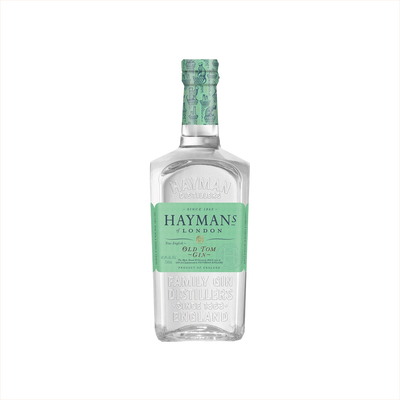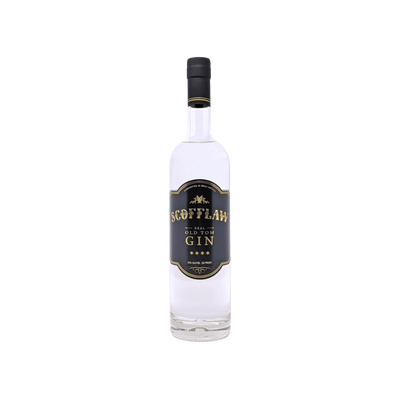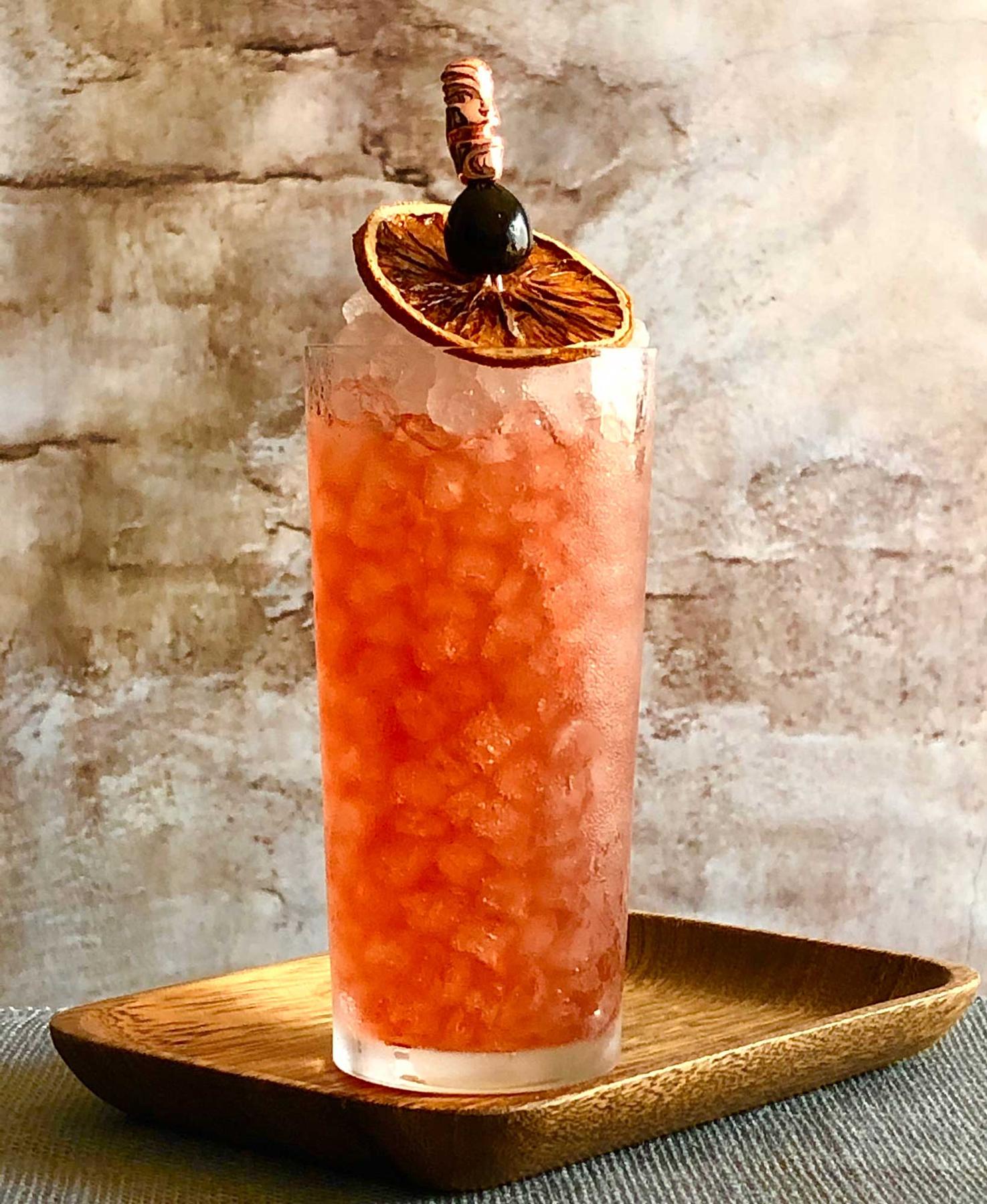Old Tom Gin
What is Old Tom Gin?
Old Tom Gin is a distinctive style that sits perfectly between London Dry and Genever on the gin spectrum, offering a touch more sweetness and body than its bone-dry cousin. This historic style, popular during the 18th and 19th centuries, gets its character from either added sugar after distillation or a malt wine base that provides natural richness. What truly defines Old Tom is its approachable profile—it carries all the botanical complexity you'd expect from quality gin while maintaining enough sweetness to balance the juniper bite, making it the preferred spirit for classic cocktails like the Martinez and Tom Collins.
Learn More About Old Tom Gin
What makes Old Tom Gin unique?
Old Tom Gin sits right between the botanical punch of London Dry and the sweet richness of genever, offering a lightly sweetened profile that made it the gin of choice during the cocktail's golden age in the 1800s. Unlike modern London Dry gins that showcase crisp, dry juniper notes, Old Tom carries a subtle sweetness—sometimes from added sugar, sometimes from malted grains—that rounds out the botanical edges and creates a smoother sipper. This sweetness makes Old Tom particularly brilliant in classic cocktails like the Tom Collins and Martinez, where it provides enough body to stand up to other ingredients without the harsh bite that can come from completely dry styles.
How is Old Tom Gin made?
Old Tom gin starts with a neutral grain spirit that gets redistilled with juniper and other botanicals, just like London Dry gin, but then receives a touch of sweetening agent - typically sugar, licorice root, or sometimes honey - added after distillation. This sweetening step distinguishes it from its drier cousins and gives Old Tom its characteristic mellow, slightly sweet profile. Some distillers age their Old Tom briefly in barrels for additional complexity, though this isn't required for the style.
How do you drink Old Tom Gin?
Old Tom Gin shines brightest in classic cocktails where its slightly sweeter profile and fuller body can really show off—think Tom Collins, Martinez, and Ramos Gin Fizz. While you could sip it neat or on the rocks to appreciate its botanical complexity, this style of gin was practically born to be mixed, serving as the backbone for many pre-Prohibition era drinks that called for a gin with more character than today's London Dry styles. It's particularly wonderful in citrus-forward cocktails and fizzes where that hint of sweetness plays beautifully against tart ingredients.
How do I choose a good Old Tom Gin?
When selecting an Old Tom gin, pay attention to the sweetness level and botanical profile—some lean closer to London Dry with just a hint of sugar, while others offer pronounced vanilla and spice notes that can dominate delicate cocktails. For classic drinks like the Martinez or Tom Collins, opt for a moderately sweet expression that won't overpower the other ingredients, but if you're mixing something bold like a Ramos Gin Fizz, you can handle a richer, more assertive bottle. The key is tasting a few different styles to understand how their sweetness and botanical complexity will play with your favorite recipes—what works beautifully in a stirred cocktail might feel cloying in a fizz.
Nutritional Information
Typical Calorie Range per Ounce: 64-70 calories
Typical Carbohydrate Range per Ounce: 0-2 grams
Typical Sugar Range per Ounce: 0-2 grams
Typically Gluten Free: No
Old Tom Gin sits somewhere between London Dry and genever on the sweetness spectrum, which explains why it contains slightly more carbohydrates and sugars than its bone-dry cousin. The added sweetness traditionally came from sugar or licorice root, giving this historical gin style its characteristic profile that made it perfect for classic cocktails like the Tom Collins and Martinez.
While many modern Old Tom expressions are made from gluten-containing grains like wheat or barley, the distillation process typically removes gluten proteins. Still, those with celiac disease or severe gluten sensitivity should always check detailed product information with individual manufacturers to confirm gluten-free status, as production methods and ingredients can vary between brands.
Scrolled this far? Your reward? Old Tom Gin Trivia!
- Old Tom Gin got its name from wooden cat-shaped signs that hung outside illegal gin shops in 18th century London. Thirsty customers would slip coins into a slot in the cat's mouth, and the shopkeeper inside would pour gin through a tube into the customer's waiting cup below - all without any face-to-face contact to avoid the law.
- This style of gin was so popular that it sailed across the Atlantic and became the foundation of America's first cocktail culture. The original Martinez, Tom Collins, and Ramos Gin Fizz were all created specifically with Old Tom's sweet profile in mind - which explains why modern versions using London Dry gin often taste sharp and unbalanced.
- Old Tom nearly went extinct twice: first during Prohibition when American demand disappeared, then again in the 1960s when the last remaining British distillery stopped production. For nearly 40 years, bartenders had to approximate recipes by adding simple syrup to London Dry gin until craft distillers brought it back in the early 2000s.
- The sweetness in Old Tom doesn't come from added sugar like most people think. Traditional versions get their smoothness from being distilled with licorice root during the gin-making process, creating a naturally rounder mouthfeel that's completely different from post-distillation sweetening.
- Jerry Thomas, America's first celebrity bartender, was so obsessed with Old Tom that he specified it in over 75% of his gin cocktail recipes in his legendary 1862 bartending guide. He even kept a pet white mouse named Tom that he trained to mix drinks - though thankfully, the mouse wasn't involved in the actual gin production.
Higher-proof spirits can be intense. Mix carefully, taste thoughtfully, and enjoy responsibly.
Gift message (optional)




